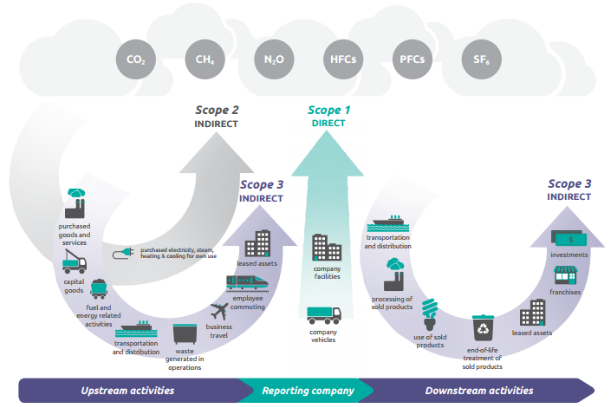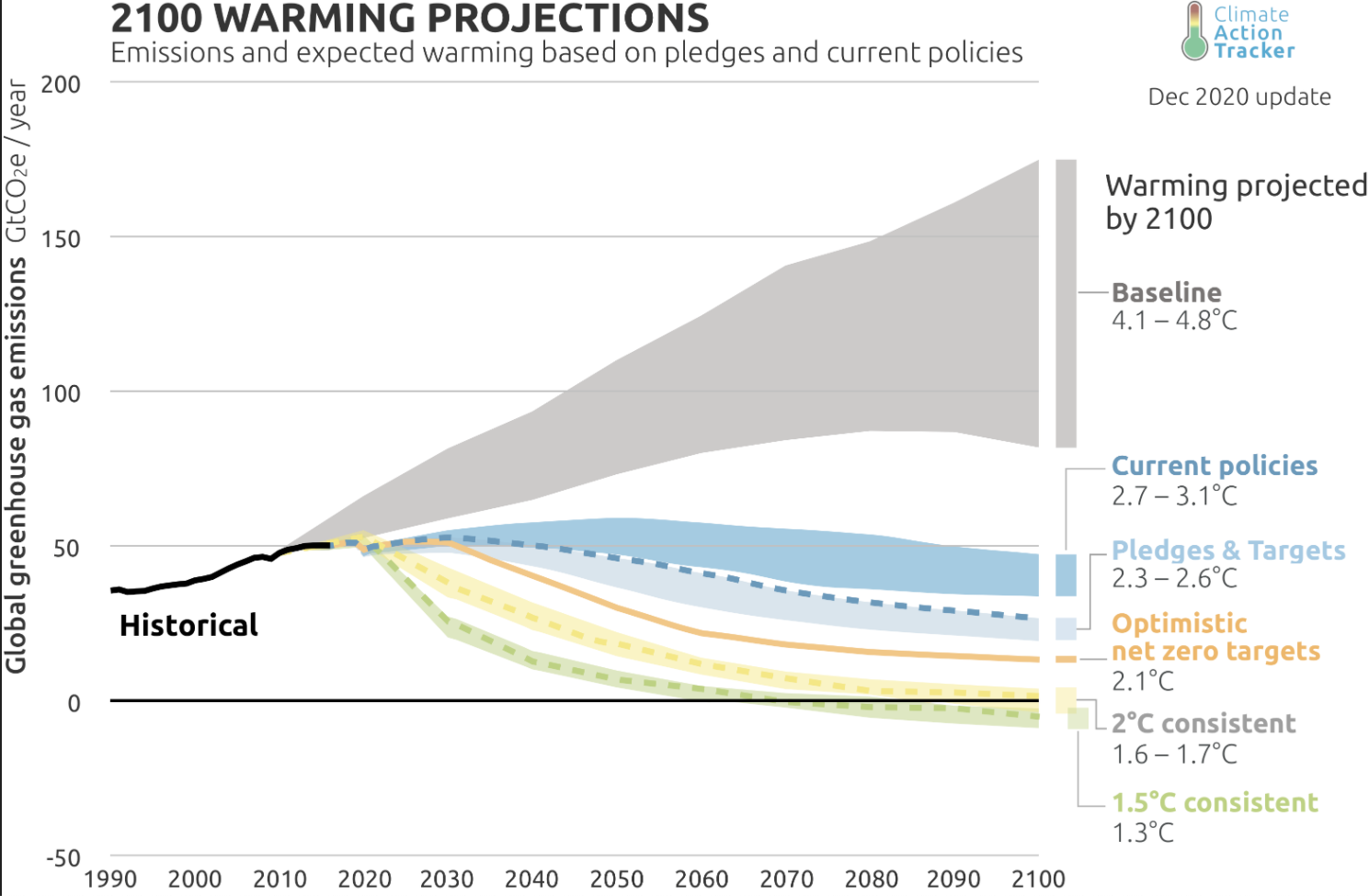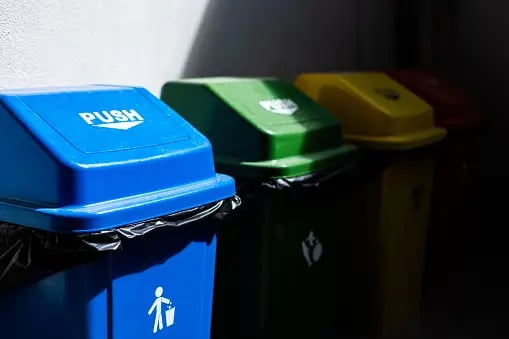If you’re thinking “I’ve just started to get to grips with Scopes 1, 2, and 3, now there’s a Scope 4?!” you’re not alone. While scope categories for carbon accounting were introduced in 2001 through the first edition of the Greenhouse Gas (GHG) Protocol corporate accounting standard, many professionals have only recently become familiar with the concept. In this article, we’ll discuss what Scope 4 emissions are and why they’re important, and we’ll touch on a new interpretation of the concept.
What are Scope 1, 2 and 3 emissions?
A good starting point is to clarify the definition of Scope 1, 2 and 3 emissions, in case you’re (justifiably) still a bit confused about the difference. We’ve included a popular diagram which demonstrates their definitions.
 GHG Inventory Diagram. Source: Greenhouse Gas Protocol
GHG Inventory Diagram. Source: Greenhouse Gas Protocol
Scope 1: covers direct emissions from owned or controlled sources. For example, if your business owns any office buildings or factories, the emissions generated by these facilities would fall into this category. Same goes for any company-owned vehicles.
Scope 2: covers indirect emissions from the generation of purchased electricity, steam, heating and cooling consumed. This includes the emissions generated from the usage of electricity in the buildings your organisation owns or occupies.
Scope 3: covers all other indirect emissions that occur within an organisation’s wider value chain. This is generally the most difficult category for accurate data collection as the activities are typically farther along the supply chain, where the reporting company may not have direct contact with the suppliers. Examples include emissions generated from business travel and commuting and the emissions generated during the usage phase of a product.
Most Common Scope 4 Interpretation: Avoided Emissions
The most common use of the term Scope 4 emissions is to describe avoided emissions.
Dating back to 2013, the GHG Protocol identified avoided emissions as emission reductions which occur outside of a product’s lifecycle or value chain, but as a result of the use of the product. Products that may have significant avoided emissions include low-temperature detergents and teleconferencing services.
Take teleconferencing services as a (highly relevant) example. If these services are used to enable remote work for employees who would otherwise be commuting into an office or traveling to meet clients, the CO2 emissions avoided by those employees by staying home are Scope 4 emissions for the teleconferencing provider.
Many reporting initiatives like the Science-based Targets Initiative and CDP don’t require organisations to report on avoided emissions therefore, it is still a speculative topic of discussion. However, it’s becoming an increasingly important gap in disclosure, and reporting on it could potentially drive climate action among businesses.
Why should we report avoided emissions?
The stark reality is that even with the achievement of the most optimistic net zero targets currently in place, we would still be above the 2 degrees warming scenario (and much higher than the 1.5 degrees scenario) required by 2030. Therefore, there’s a huge amount of innovation required to increase progress to achieve such targets.

Effect of current pledges and policies to limit global warming. Source: Climate Action Tracker
The current reporting approach is focused on an organisation's progress in reducing emissions. However, there may be situations where the development of new products or processes temporarily increases a company’s emissions, but would reduce the emissions associated with the use of such products in the long term.
For example, let's say a company that manufactures laundry machines decides to invest resources into research and development to improve the efficiency or sustainability of their products during the usage phase. While this innovation is likely to increase the company’s emissions during the time it is being developed through potentially the need to develop a new manufacturing plant or factory, there is likely to be a larger volume of emissions avoided during the usage phase due to the increased efficiency of the product. However, it is key to ensure that these claims organisations are making which states that their product reduces emissions are credible. A few suggestion from the GHG Protocol to avoid greenwashing include:
- Account for every stage of the product’s life cycle
- Consider changes in consumer behaviour
- Don’t confuse market size with impact
If we penalise companies that temporarily increase emissions to develop high-efficiency products, they’ll be less inclined to innovate, even though the emissions avoided in the long term could be greater than those generated during the development phase.
With a firm understanding of Scope 4, organisations can develop emissions scenarios that clearly outline the potential outcomes of developing a more sustainable product, improving transparency for stakeholders.
Alternatively, organisations can also allocate resources to research and development to try and innovate products at a rate or in a way that will not increase emissions.
The bottom line: while avoided emissions are challenging to quantify, they should still be embedded in an organisation’s reporting in order to create a holistic view of an organisation’s GHG inventory.
For more information on reporting avoided emissions, you can view this working paper published by GHG Protocol in 2019: Estimating and reporting the comparative emissions impacts of products.
Secondary Scope 4 Interpretation: Emissions associated with working from home
At the start of the COVID-19 pandemic, there were many headlines covering the reduction in pollution and GHG emissions as a result of less travel and employees working from home, among other things.
However, through the progression of the pandemic, there has been increasing interest in the emissions associated with working from home. Though not as popular as using the term Scope 4 to describe avoided emissions there have been some articles using the term to also describe the emissions associated with working from home.
This is a new territory for organisations as the overwhelming majority of organisations were primarily working within a communal office. Thus, they were only required to collect data in one place. Now it becomes much more complex, as in order to calculate a truly reflective carbon footprint, organisations must gather data from each employee’s household.
If you’re looking for a method to calculate these emissions, check out these resources:
Software to enable full-scope reporting
Ultimately, the first step toward Scope 4 reporting is to understand your organisation's current position — are you already collecting quality data for Scopes 1, 2, and 3?
If not, we suggest you focus on these areas first. But if so, you should consider how you can also monitor avoided emissions.
Improving performance begins with accurate data. Using an intelligent sustainability software solution like Rio can help you achieve full-scope reporting by making it easier to collect, track, and report on GHG emissions data.
Learn how Rio can help you achieve full-scope reporting.

.png?width=2800&height=1400&name=TCFD%20Blog_%20Featured%20Image%20(7).png)










